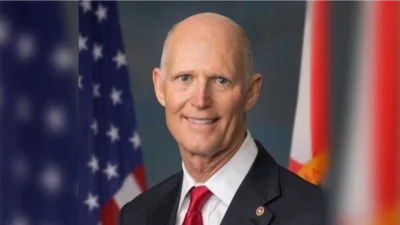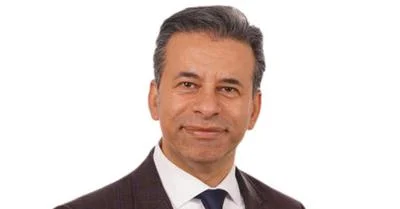FOR IMMEDIATE RELEASE TUESDAY, JULY 26, 2005 WWW.USDOJ.GOV ENRD (202) 514-2007 EPA (215) 814-5567 TDD (202) 514-1888 The Department of Justice (DOJ) and the Environmental Protection Agency (EPA) are committed to protecting and improving our nations waterways by addressing the serious problem of sewage overflows from municipal sewer systems. The following information illustrates the importance of the Justice Departments and EPAs ongoing efforts to enforce the Clean Water Act and noteworthy accomplishments that exemplify them.
·The Washington Suburban Sanitary Commission and Baltimore County, like many local government entities around the country, own and operate sanitary sewage collection systems that are designed to transport raw, undiluted sewage from homes and businesses to sewage treatment plants. Sanitary sewer systems are supposed to transport all sewage collected from residential and industrial sources to treatment plants. However, due to many causes-infiltration and inflow problems; inadequate planning for growth; improper system design; equipment failures; and poor management; operation and maintenance-sanitary sewer systems experience sanitary sewer overflows (SSOs). SSOs can go directly to water bodies, may contaminate parks and city streets, and can back up into residences.
·SSOs present serious health risks because of the pollutants in raw sewage-bacteria, pathogens, nutrients, untreated industrial wastes, toxic pollutants, and wastewater solids and debris. Exposure to these pollutants can lead to diseases that range from mild gastroenteritis to more serious ailments, such as cholera, dysentery, infectious hepatitis, and severe gastroenteritis.
·EPA and DOJ have been actively pursuing municipalities to require them to address SSOs. Through judicial consent decrees, EPA and DOJ have required numerous cities to adopt and implement extensive capital improvement and operation and maintenance plans in an effort to eliminate SSOs.
·Overflows from sewer systems that combine sanitary sewage and stormwater (combined sewer overflows or CSOs) are also a major environmental problem targeted by EPA and DOJ.
·Among the municipalities and sewage authorities that have agreed to settlements in the last five years involving multi-year, multi-million dollar projects are: oDistrict of Columbia Water and Sewer Authority (to address CSOs)-estimated cost: $1.4 billion oCity of Louisville and Jefferson County Metropolitan Sewer District (to address SSOs and CSOs)-estimated cost: $500 million oCity of Los Angeles (which operates the largest sewage collection system in the country)-estimated cost: $2 billion oKnoxville Utilities Board-estimated cost: $530 million oCity of Cincinnati and Hamilton County (to address SSOs and CSOs)-estimated cost: over $1 billion oCity of Toledo (to address SSOs and CSOs)-estimated cost: $433 million oCity of Baltimore (to address SSOs and CSOs)-estimated cost: $940 million oCity of Baton Rouge - estimated cost: between $330-$461.3 million oCity of Mobile Water and Sewer Board-estimated cost: $53 million oCity of Waterbury-estimated cost: $8 million Earlier settlements included the cities of Atlanta, New Orleans, Honolulu, Miami-Dade, and Maui County. 05-389
Source: US Department of Justice








